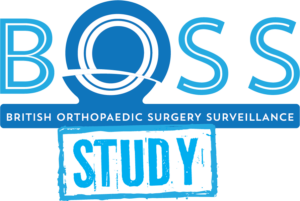SCFE/ SUFE – Slipped Epiphysis
Slipped Capital Femoral Epiphysis (SCFE) or Slipped Upper Femoral Epiphysis (SUFE) relates to the slipping of the neck of the femur (thighbone) within the socket (acetabulum). SCFE is a condition that appears to be on the increase in the UK and worldwide. It has been linked to childhood obesity and is more common in boys than girls.
The cause is unknown. It usually happens between the ages of 8 and 17 years.
Find out more about SUFE in our webinar
Symptoms and Diagnosis
Symptoms of SUFE can be easy to miss and this can result in a delay with diagnosis. Sometimes the foot can appear rotated outwards, that is painful to move into a more normal position. There may be pain in either the hip or the knee that appears gradually, over a couple of months (gradual slip) or suddenly (acute slip). The pain will limit movement and cause a limp.
SUFE can be classified relating to its stability or the ability to tolerate weight on the affected side and its severity. Risks of the condition, such as avascular necrosis (breaking down of the bone structure), increase with the severity of the original condition.
Usually X-rays of the hip will be done to confirm the problem and give an idea of how bad the slip is.
Treatment
An operation will be needed to stabilise the growth plate and to stop it slipping more. Your child will need to be on bed rest and may have skin traction to both legs for about one week. They will be given medication for pain relief.
A mild to moderate slip can be treated with a surgical screw, inserted across the growth plate to secure the head of the femur. A few days of bed rest is usually followed by use of crutches to walk. A more severe slip requires a more individual approach and will be discussed with the treating team and the family.
Steps have produced a factsheet on SCFE for families affected by the condition. Steps have also produced a guide to help parents and carers prepare themselves and their child for a hospital admission.

The BOSS study (British Orthopaedic surgery surveillance study) is a nationwide reporting mechanism to determine the extent and outcomes in rare orthopaedic diseases. The idea is to gather information on different groups of patients starting with Perthes and SUFE to help treatment success in the future.

